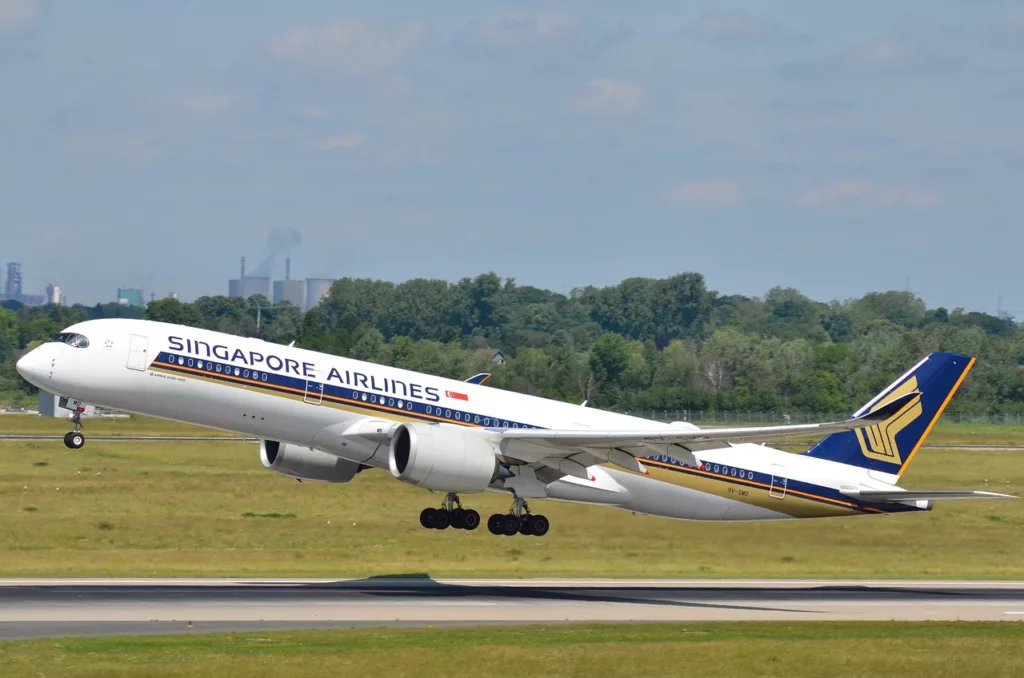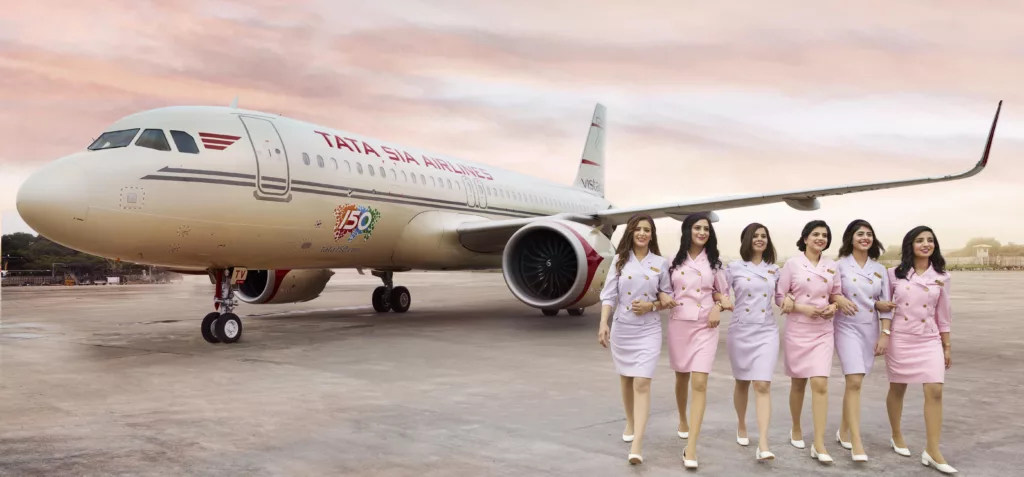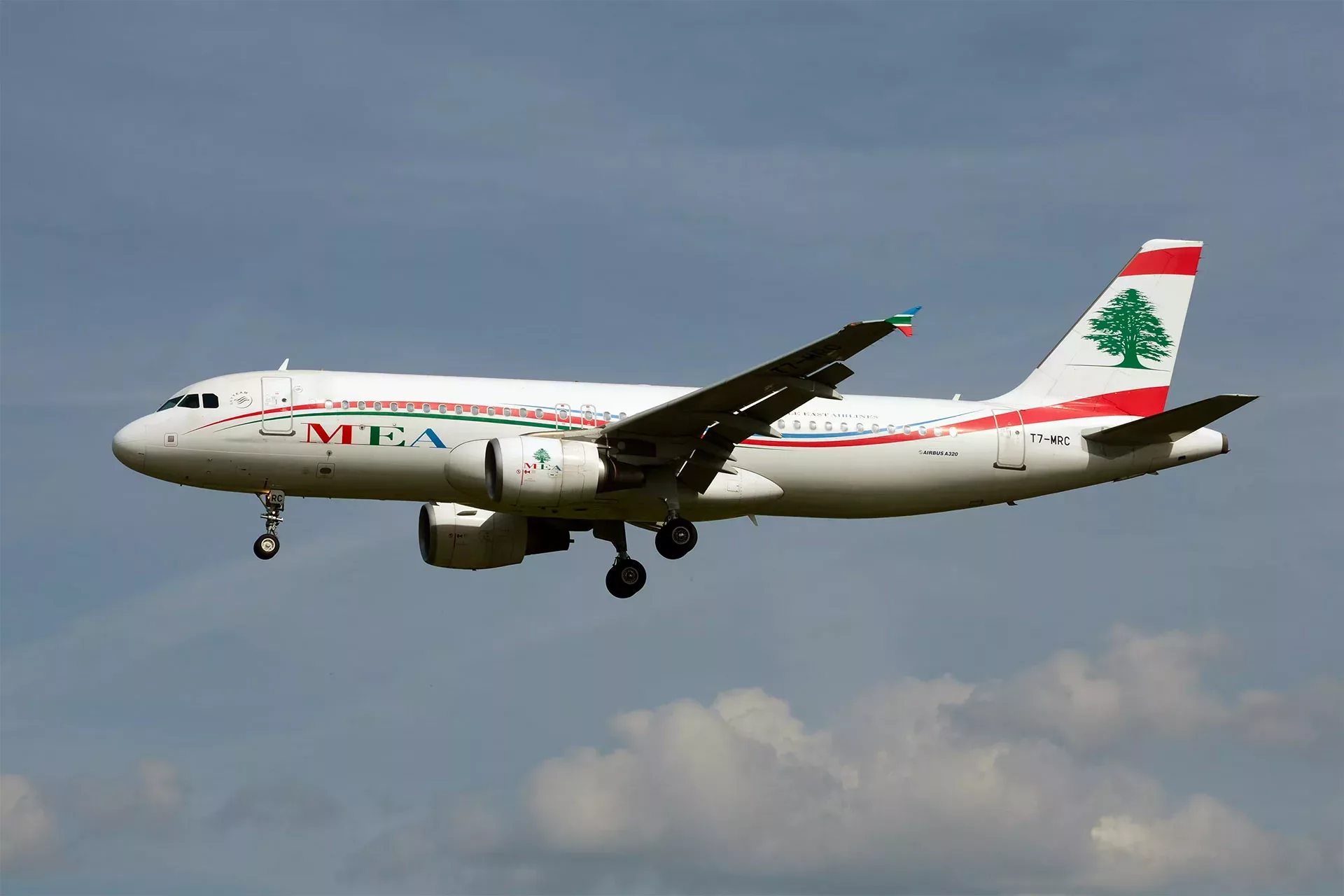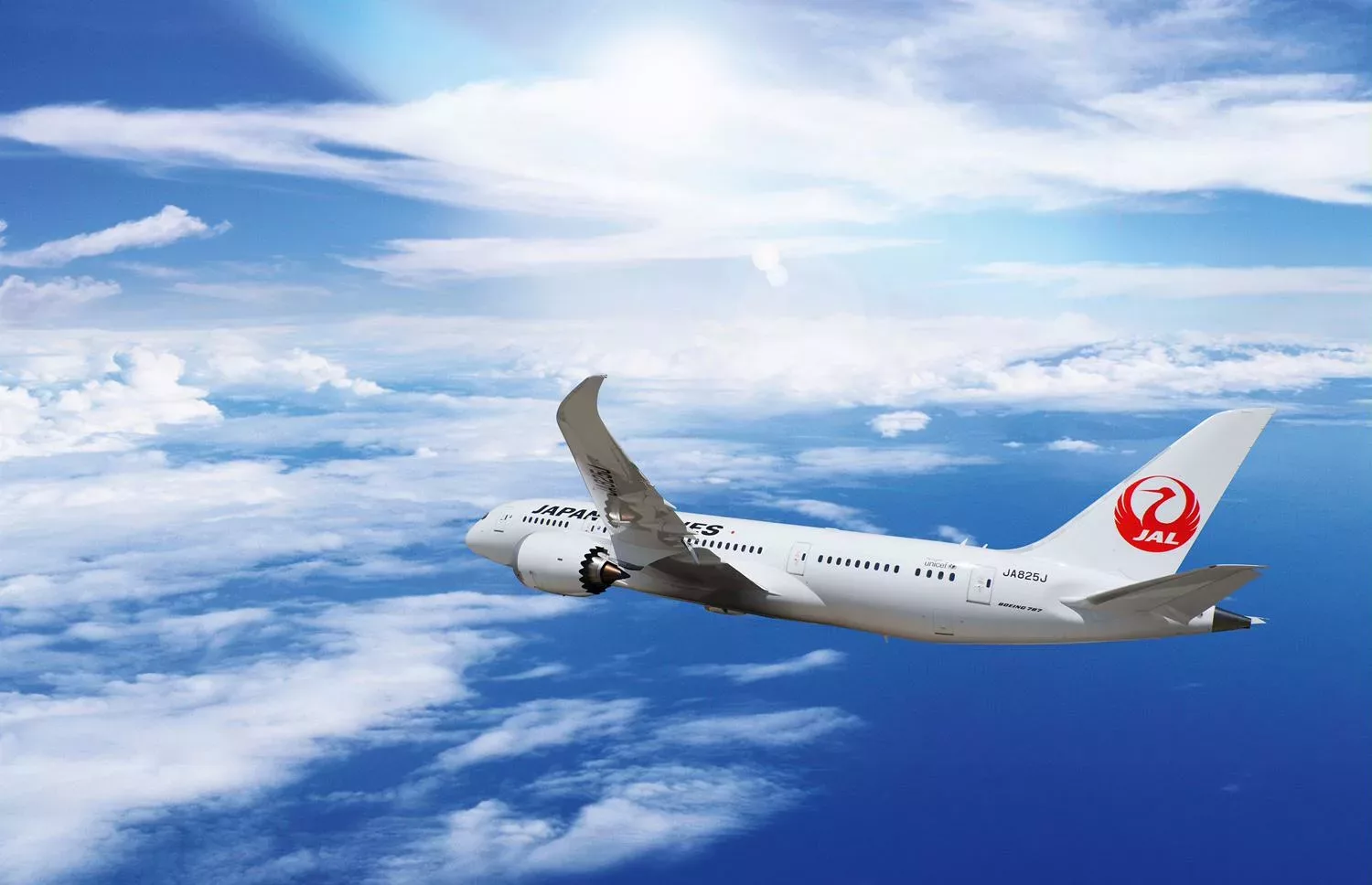The merger of Vistara and Air India has been in the works since November of last year but not a whole lot of information has been made public. A new report in Indian business publication Mint gives us some insight into the behind-the-scenes action taking place to bring the two businesses together
The management of both airlines are said to be moving full steam ahead with the process as both airlines diligently work to prepare themselves for the eventual merger. Here’s what we know.
In this post:
Challenges in Air India Vistara Merger
Air India and Vistara have not wasted any time preparing for their merger ever since the official announcement was made in November 2022. Consultations are taking place across departments focusing on optimizing operations, employee salaries, and merging two different airline cultures into one
A source speaking to Mint said, “The top management of both airlines and senior to mid-level executives will be interviewed by external consultants, followed by another round of talks with an expert internal team, with representatives from both airlines. Then the best fit will be retained for the post, and other candidates will be given a different role if available.”
Non-flying Air India crew are expected to be in line for raises soon as the two airlines’ new parent merges the groups. People aware of the matter have said that Air India wants “parity in the compensation structures since the non-flying crew of Vistara is paid more than those of Air India.” This could result in salary revisions for many Air India employees in the coming days.
The combined airline will likely retain its pilots and cabin crew as it looks to expand its fleet in the near future. Air India is actively recruiting experienced pilots for its Boeing 777 fleet as it looks to expand operations to North America as we speak.
A top challenges in the merger process is the fleet optimization and harmonization. Air India currently operates a fleet of primarily Boeing widebody and primarily Airbus narrowbody aircraft. Meanwhile, Vistara operates an all-Airbus fleet.
The merger will require the optimization of the fleet while executing airline’s growth plan including a major aircraft order for Air India in the works. Vistara has said it will not place additional plane orders while the merger is worked on.
The merger will require the optimization of routes and schedules to ensure that the combined airline can offer a wider range of destinations and flights. This will involve the integration of the two airlines’ booking systems and frequent flyer programs.
Role of Singapore Airlines in Air India-Vistara Merger
Good news for Tata as it works on the merger is that it has finalized negotiations with Singapore Airlines on restructuring its ownership in Vistara.
Singapore Airlines will trade in its 49% ownership stake in Vistara for a 25% share in the new Air India once the merger is complete while investing a further $250 million into the carrier. The airlines are expected to have close ties. Air India is now led by Campbell Wilson, formerly CEO of Singapore Airlines low cost carrier Scoot. They’re also both members of Star Alliance.

Which Brand Survives the Air India-Vistara Merger?
Tata Group’s merger of Air India and Vistara presents a unique challenge in maintaining the distinct brand identities of both airlines while creating a new identity that resonates with customers. The goal is to improve Air India’s customer experience by adopting Vistara’s high-quality product and service culture.
However, concerns remain about the potential degradation of Vistara’s service standards during the merger.
The involvement of Singapore Airlines, known for their emphasis on quality, gives hope for an improved product. However, with Air India being the larger entity, there’s the risk that despite Tata Group’s efforts, the new airline may not be able to repair Air India’s problems.
While it is likely that Air India’s name will survive the merger, the hope is that the new airline’s product and customer service will resemble Vistara more than Air India. Only time will tell if that’s the case…

Regulatory Approvals for Air India-Vistara Merger
Both airlines have also already started the regulatory process required for the merger.
Approvals have been sought from key agencies such as the DGCA, the Ministry of Civil Aviation, and the Reserve Bank of India. The Competition Commission of India will also need to certify that the merger will not affect consumer rights in the country.
Other smaller bodies, such as the Airport Authorities of India, will also need to give the go-ahead. The entire process of getting the necessary regulatory approvals is expected to take up to six months but is not expected to prove a hurdle for the merger.
Bottom line
The merger of Air India and Vistara is a complex process that requires the coordination of multiple departments and stakeholders. However, the management of both airlines are said to be moving full steam ahead and are working diligently to prepare for the eventual merger. The merger will create a new national carrier that will be better placed to compete in the rapidly growing Indian aviation market. The regulatory approvals process is expected to take up to six months, but the merger is expected to be completed within a year.





0 Comments